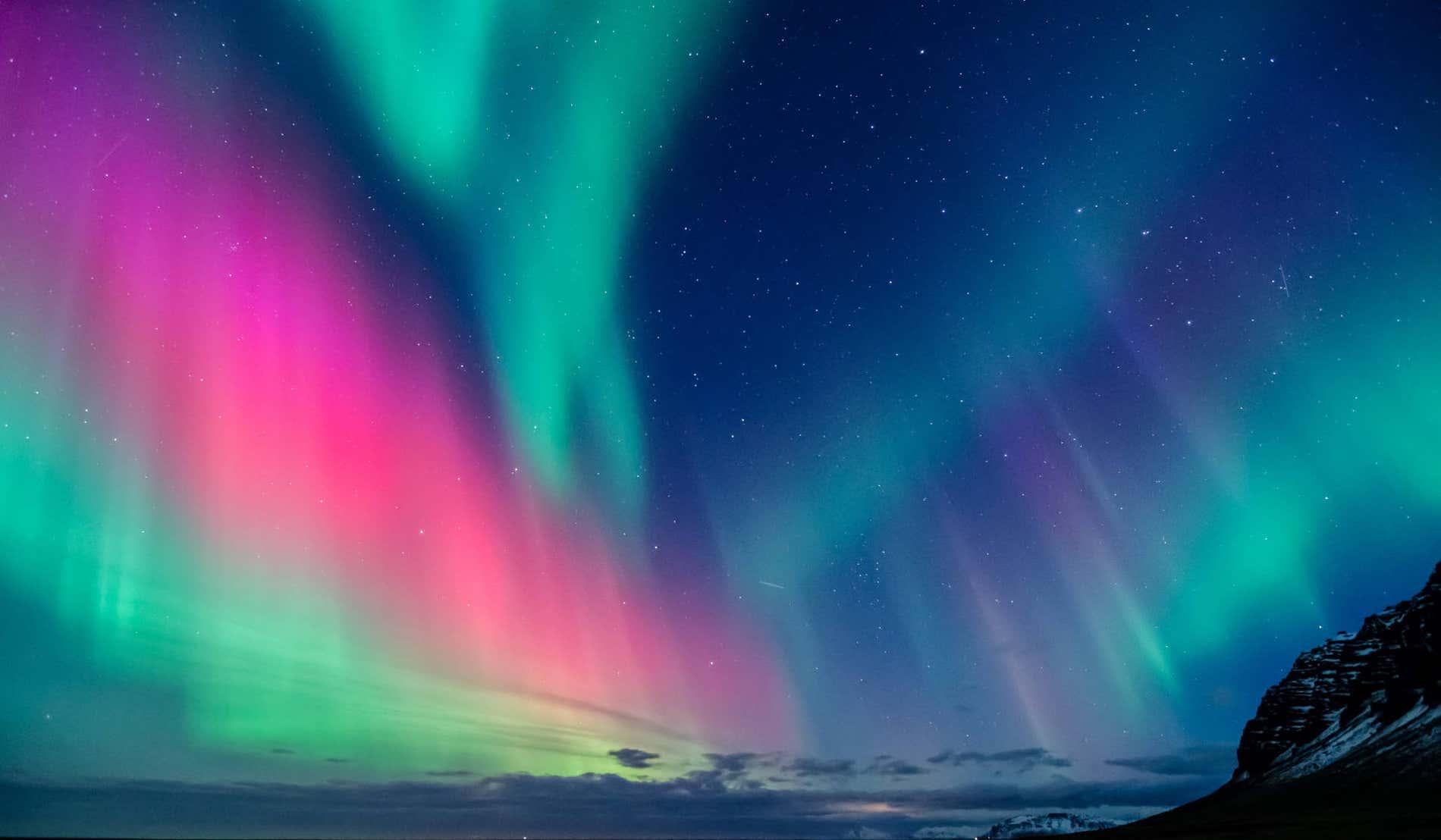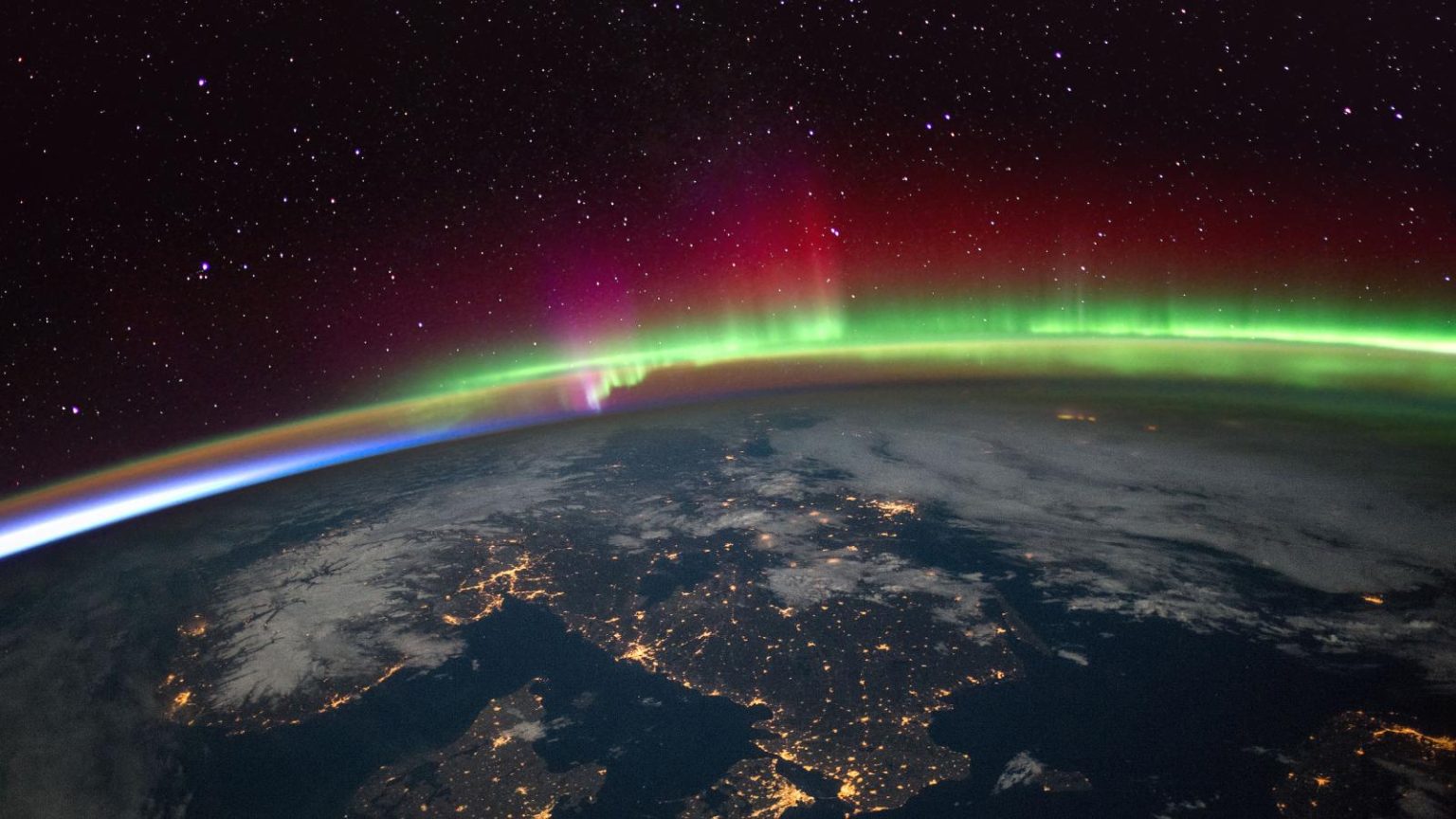Imagine standing beneath a vast, starlit sky where nature’s most breathtaking spectacles dance with vivid colors—the ethereal auroras shimmering in waves of green and purple, or the awe-inspiring shadow of a celestial body crossing the sun. These phenomena, so exquisite and rare, are not just visual wonders; they are profound reminders of the intricate interplay between our planet and the cosmos. From the enigmatic polar lights that mesmerize viewers in the Arctic and Antarctic regions to the fleeting and dramatic eclipses that capture the world’s fascination, both auroras and eclipses invite us to ponder the mysteries of our universe. In this article, we embark on a journey to unravel the science behind these enchanting displays, exploring not only their origins but the cultural significance they have held throughout history. Join us as we unveil the marvels of Earth and the sky, reminding us that the most spectacular shows often unfold just above our heads.
Table of Contents
- The Science Behind the Spectacle of Auroras and Eclipses
- Captivating Locations for Experiencing Celestial Wonders
- Best Practices for Capturing the Perfect Moment in Photographs
- Cultural Significance and Myths Surrounding Natures Light Shows
- Closing Remarks
The Science Behind the Spectacle of Auroras and Eclipses

The breathtaking display of auroras and the awe-inspiring phenomenon of solar eclipses are not merely beautiful spectacles; they are profound manifestations of the intricate workings of our planet and its relationship with the cosmos. Auroras, commonly known as the Northern and Southern Lights, are formed when charged particles from the sun collide with gases in Earth’s atmosphere, resulting in a stunning array of colors that dance across the night sky. Magnetic fields and solar winds play crucial roles in this spectacular event, guiding these particles towards the polar regions where the interaction occurs. The colors seen in an aurora are determined by the type of gas involved: oxygen produces green and red hues, while nitrogen contributes purples and blues, creating a vibrant palette that enchants viewers in high-latitude regions.
On the other hand, solar eclipses occur when the moon passes directly between the Earth and the sun, casting a shadow on our planet. This alignment is no mere accident. The precise geometrical relationship that allows for such an event takes place because the sun is about 400 times larger than the moon but also approximately 400 times further away. Understanding this cosmic dance involves a grasp of celestial mechanics that reveals the beauty of symmetry in our solar system. Below is a simple comparison of the two phenomena:
| Feature | Auroras | Eclipses |
|---|---|---|
| Cause | Solar wind particles interacting with Earth’s magnetic field | Moon passing between Earth and Sun |
| Visible Location | Near the poles (Arctic and Antarctic regions) | Anywhere on Earth during a total eclipse |
| Best Time to View | Nights, especially during winter months | Specific dates based on orbital positions |
Captivating Locations for Experiencing Celestial Wonders

For those seeking the ethereal beauty of the night sky, certain locations stand out as unparalleled destinations where the cosmos can be observed in all its glory. Tromsø, Norway is the perfect place to chase the Northern Lights, thanks to its prime position within the Auroral Oval. The city offers clear skies and vibrant displays of green, pink, and violet dancing across the Arctic night. Meanwhile, Iceland beckons stargazers with its otherworldly landscapes, featuring geothermal hot springs and stark lava fields, all beneath one of the most vibrant auroras seen on Earth.
When it comes to solar eclipses, few experiences rival witnessing the moon’s shadow gliding over Earth. Baja California, Mexico, stands out as a top spot for eclipse chasers, with its favorable weather conditions enhancing the visual spectacle. Another remarkable location is Machu Picchu, Peru, where the ancient ruins meet celestial wonders, offering a breathtaking backdrop to the eclipse phenomena. Here’s a quick overview of other captivating locales for viewing these celestial wonders:
| Location | Celestial Phenomenon |
|---|---|
| Fairbanks, Alaska | Auroras |
| Joshua Tree, California | Solar Eclipses |
| Abisko, Sweden | Auroras |
| Carbondale, Illinois | Solar Eclipses |
Best Practices for Capturing the Perfect Moment in Photographs
Capturing the elusive beauty of nature’s phenomena requires not only skill but also an appreciation for timing and preparation. When aiming for breathtaking photographs of auroras or eclipses, plan ahead to determine the best locations and times. Utilize apps or websites that track solar and lunar events, and keep an eye on weather conditions to ensure a clear sky. Equip yourself with the right tools and settings, such as a tripod for stability and a camera with manual settings to adjust exposure, ISO, and aperture. Remember, patience is key; as the skies shift and change, so too will the opportunities for that perfect shot.
In addition to technical preparations, immerse yourself in the experience. Before clicking the shutter, take a moment to breathe in the atmosphere and appreciate the grand spectacle before you. Find unique perspectives by exploring varying compositions—try low angles or including foreground elements to enrich your images. As you photograph, remain open to spontaneity; sometimes, the perfect moment occurs unexpectedly. To help in organizing your approach, consider the following quick tips:
- Scout locations during the day to map out your shots.
- Use manual focus to prevent autofocus issues during low light.
- Experiment with long-exposure techniques to capture movement.
- Adjust white balance settings to highlight the true colors of auroras and celestial bodies.
| Photographic Element | Recommended Setting |
|---|---|
| ISO | 800-1600 for low light |
| Aperture | f/2.8 to f/4 for depth |
| Shutter Speed | 1-15 seconds for stars/auroras |
| Tripod | Essential for stability |
Cultural Significance and Myths Surrounding Natures Light Shows
The ethereal dance of auroras and the dramatic spectacle of solar eclipses have inspired countless myths and legends across cultures. In the Northern Hemisphere, tribes such as the Inuit believed that the shimmering lights of the auroras were the spirits of ancestors playing in the sky, while Norse mythology depicted them as the Valkyries guiding fallen warriors to Valhalla. Similarly, indigenous peoples in North America interpreted these lights as a good omen, associated with the spirits of their loved ones watching over them. Solar eclipses were often seen as ominous events, with ancient cultures reacting in fear of the gods’ displeasure, interpreting the sudden darkening of the sun as harassment or even a sign of impending doom. This interplay of nature and myth illustrates humankind’s deep connection with the cosmos and how celestial events shaped narratives surrounding life, death, and morality.
Furthermore, the beliefs surrounding these natural phenomena reflect humanity’s innate need to find meaning and understanding in the unpredictable forces of nature. The following table showcases some fascinating cultural interpretations of these events:
| Phenomenon | Culture | Interpretation |
|---|---|---|
| Aurora Borealis | Inuit | Spirits of ancestors playing in the sky |
| Aurora Borealis | Norse | Valkyries guiding souls to Valhalla |
| Solar Eclipse | Chinese | A celestial dragon devouring the sun |
| Solar Eclipse | Mesopotamian | Foreboding sign of an angry deity |
These interpretations not only highlight the significance of celestial events in cultural narratives but also emphasize the universality of human fascination with the skies above. Art, storytelling, and cultural beliefs have flourished in response to the awe inspired by these magnificent spectacles. Each tale, passed down through generations, serves as a reminder of our shared humanity and our quest to understand the very fabric of our existence amidst the wonders of the universe.
Closing Remarks
In the grand tapestry of our planet’s natural wonders, auroras and eclipses stand out as celestial spectacles that have captivated humankind for centuries. From the shimmering greens and purples dancing in the polar skies to the breathtaking darkness that blankets the Earth during a solar eclipse, these phenomena remind us of the intricate interplay between our planet and the cosmos beyond. As we unravel the science behind these events, we also uncover the cultural significance and myths that have shaped our understanding of the universe.
As we close our exploration of Earth’s marvels, let us carry forth a sense of wonder and appreciation for the beauty that surrounds us. Whether viewed from a remote Arctic landscape or the comfort of your own backyard, the next aurora or eclipse holds the promise of inspiration and introspection. So, equip yourself with knowledge, prepare for the next opportunity to witness these incredible events, and allow your spirit to be ignited by the magnificent choreography of light and shadow that our universe graciously provides. In this dance of nature, we are all invited to partake.



